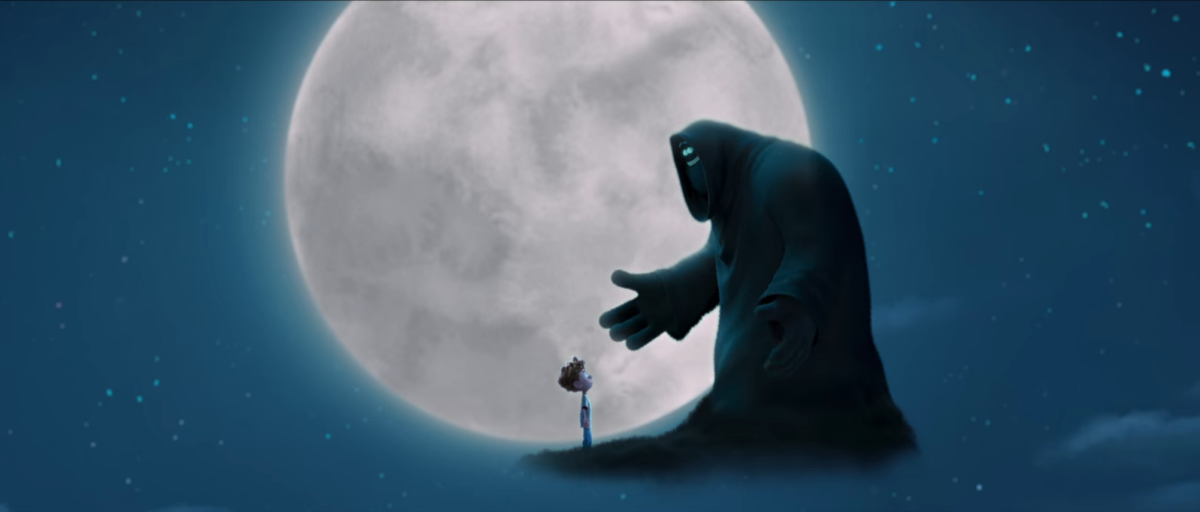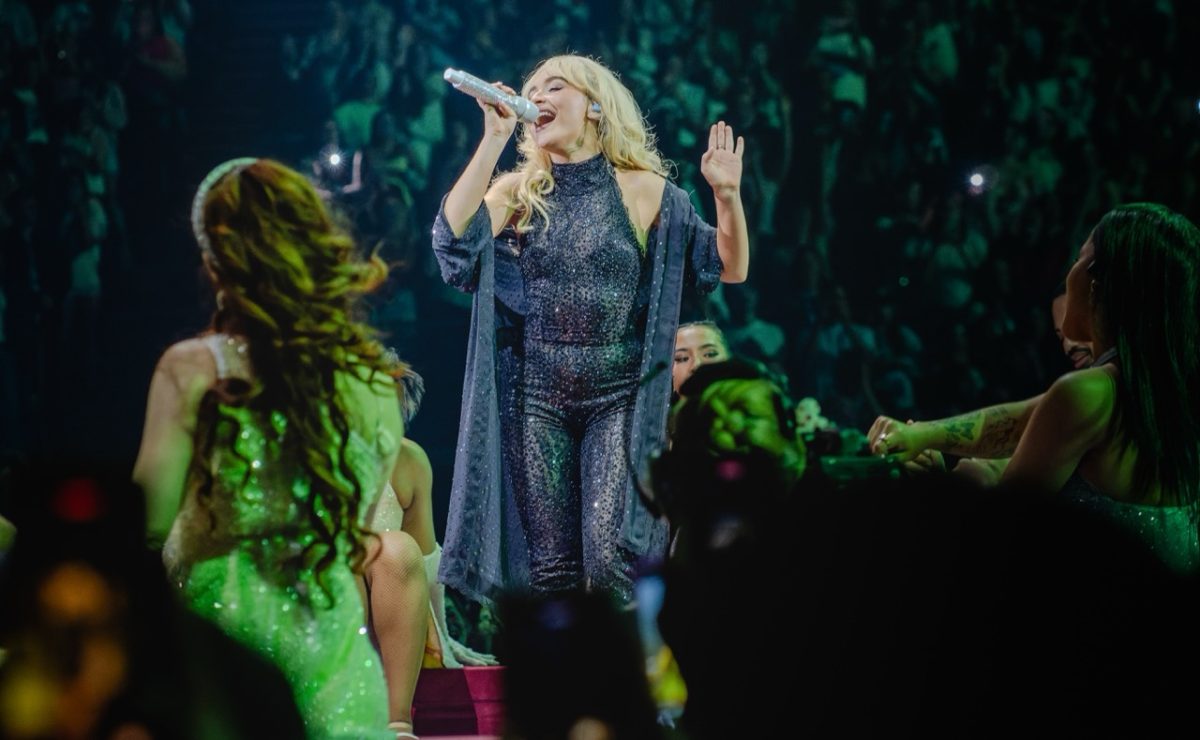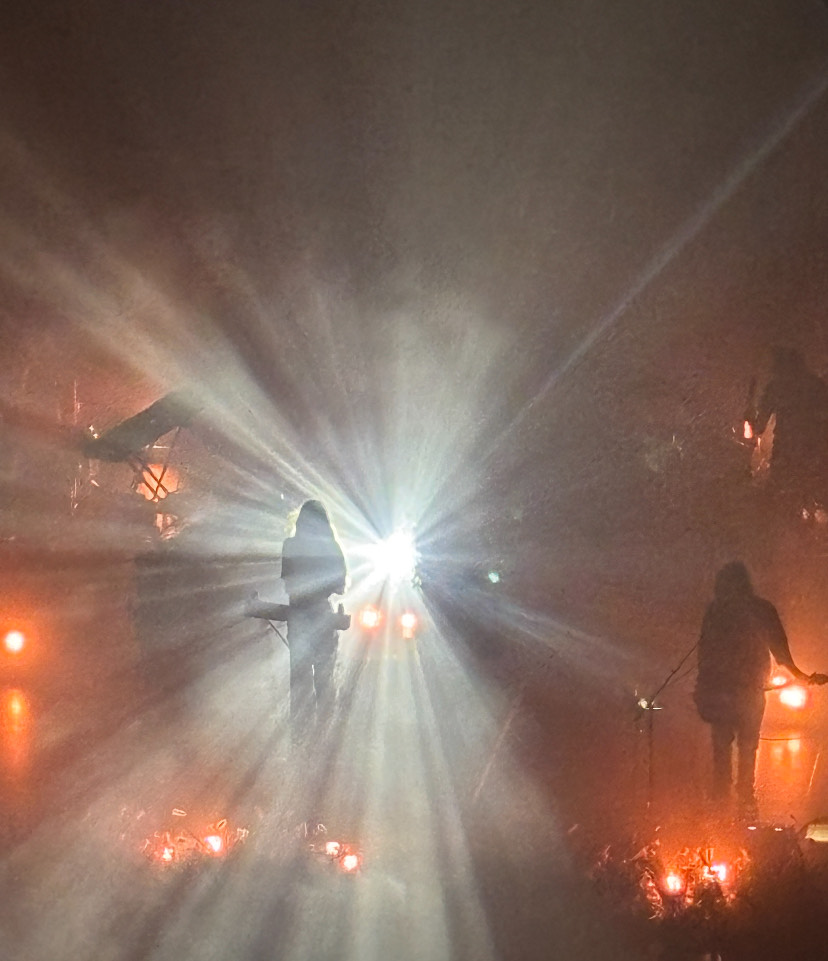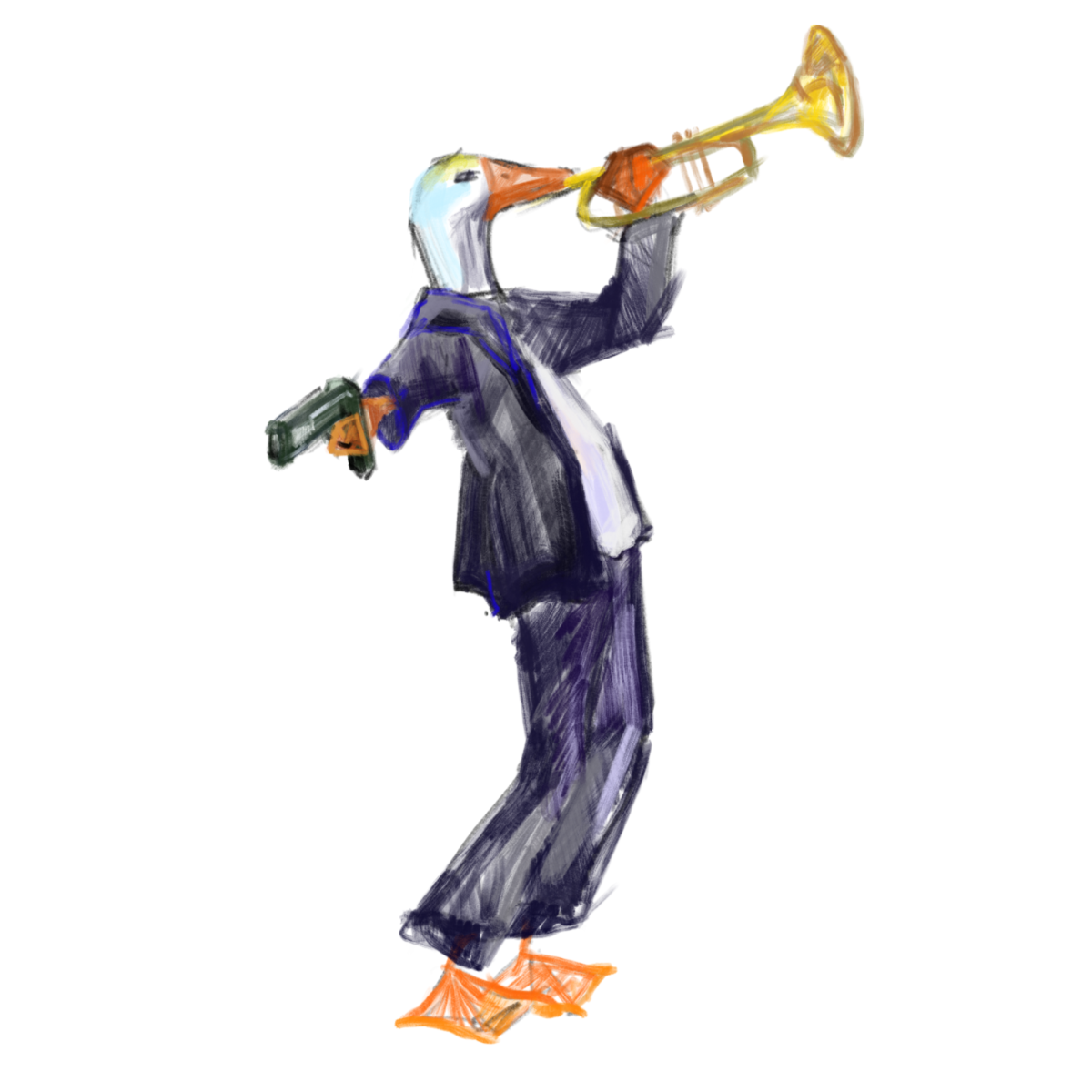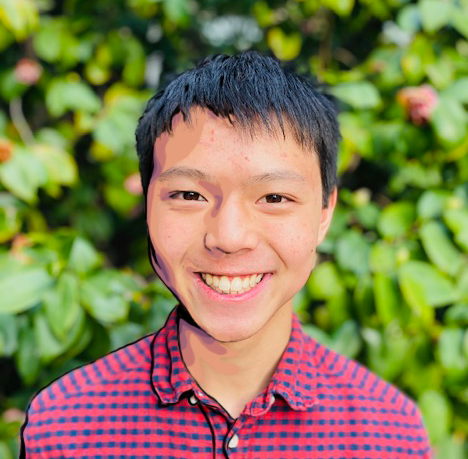The stormy night sky flashes with a streak of lightning, casting sharp shadows against the wall. Outside, crooked branches scratch against the window. A young boy pulls the covers tighter around him as the dark corners of his room seem to loom larger, just beyond the safety of the bed.
Scenes like this communicate the too-real childhood fears at the center of Dreamwork Animation’s latest film, “Orion and the Dark.” Released on Feb. 2, 2024, the movie follows Orion, a young boy (voiced by Jacob Tremblay, “Luca,” “Wonder”) who is scared of almost everything. On the night he meets Dark (voiced by Paul Walter Hauser, “I, Tonya,” “Cruella”), who is the friendly living embodiment of his worst fear, the two go on a cross-world adventure alongside a cast of eclectic characters, including Sweet Dreams (Angela Bassett), Quiet (Aparna Nancherla), and Unexplained Noises (Golda Rosheuvel), to show Orion that the world may not be as scary as it seems.
Based on a children’s book with the same name written and illustrated by Emma Yarlett, “Orion and the Dark” delivers a message about accepting fears and learning to love the night. Dark, a fuzzy mass of darkness in the shape of a grinning man, provides comic relief to an anxious Orion, characterizing the dark as a goofy yet caring middle-aged man with insecurities of his own. As Orion slowly opens up to him during their continent-spanning adventure, the two explore the wonders of the night, from Sweet Dreams’ colorful creations to Quiet’s peace-inducing powers.
Produced by DreamWorks Animation and animated by Mikros Animation, known for films such as “Teenage Mutant Ninja Turtles: Mutant Mayhem” and “Captain Underpants,” the movie draws its scenes with a sketchbook-style aesthetic, featuring pencil-like outlines and wobbly, imperfect shapes. Early scenes establish the movie’s imaginative, character-centered plot as Orion’s notebook doodles spring to life and fears loom around every cartoon corner.
Like the qualities of night it praises, the story’s shadowy settings allow the film’s lighting to shine, taking full advantage of its nighttime theme to spectacularly illuminate every scene. From neon billboards to suburban lampposts to a peaceful full moon, every shot sings with subtle highlights and a loving stillness. As Dark flies around the world, dusk bleeds across the sky like watercolor across a page, speckled with countless stars. The film is dotted with similar peaceful shots and quiet compositions, such as a lonely cafe in the desert or the characters framed by a glowing moon, visually complementing its thematic messages of the beauty of night.
Perhaps drawing from its children’s book origins, the movie’s settings and characters feel pulled from the pages of a picture book. The young characters soar across the world dressed in their pajamas, while fantastical elements like a flying turtle recall the dreams they visit. Every shot plays with scale, further creating a dream-like atmosphere; characters like Dark shift from the size of a mosquito to a giant striding through the clouds, while scenes are at times confined to the limits of a bedroom, at times stretching across cities.
Yet in such a lovingly illustrated world, the human characters’ waxy, VeggieTales-reminiscent faces often stand out, distracting viewers from the heartfelt themes and moving visuals of the movie. In a film that places its colorful array of characters at the heart of so much of its story, viewers are continuously jolted out of the narrative by buggy eyes and cartoon noses. To the animators credit, their stylization does add a kind of childlike imperfection, allowing the characters’ animation and facial expressions to hold a simplistic yet powerful emotional impact that’s easy to lose in animation.
Imperfection also appears in other places of the film. At first jarringly, though later meaningfully and charmingly, the story interrupts itself with dual perspectives from both Orion’s whimsical journey and his adult self telling the story to his daughter. In a touching ode to storytelling as an art, he passes the story on to her, and her creative visions shape the rest of the movie. The cross-generational power of stories seems to be the core of “Orion and the Dark.” The plot feels alive, enveloping audiences into its twisting, imaginative story and inviting them to shape it alongside its characters. Yet eventually, the once self-propelling narrative drags on a little too long, and the story begins to feel uncontrolled and irrelevant. The film draws its emotional tone back with a touching ending, yet not before viewers wonder if perhaps the characters’ story should have wrapped up scenes earlier.
Overall, “Orion and the Dark” is a heartfelt movie that empowers its viewers, whether young or college-aged, to imagine their own story. Its visual style paints the world with the colors of a childhood crayon set, casting audiences back to the time when imagination sculpted the future and the darkness of the bedroom closet seemed impossibly frightening. Though those fears may have faded over time, “Orion and the Dark” reminds us that the imagination’s power, like the quiet embrace of the night sky, never quite leaves our lives.
“Orion and the Dark” is available to stream on Netflix.

